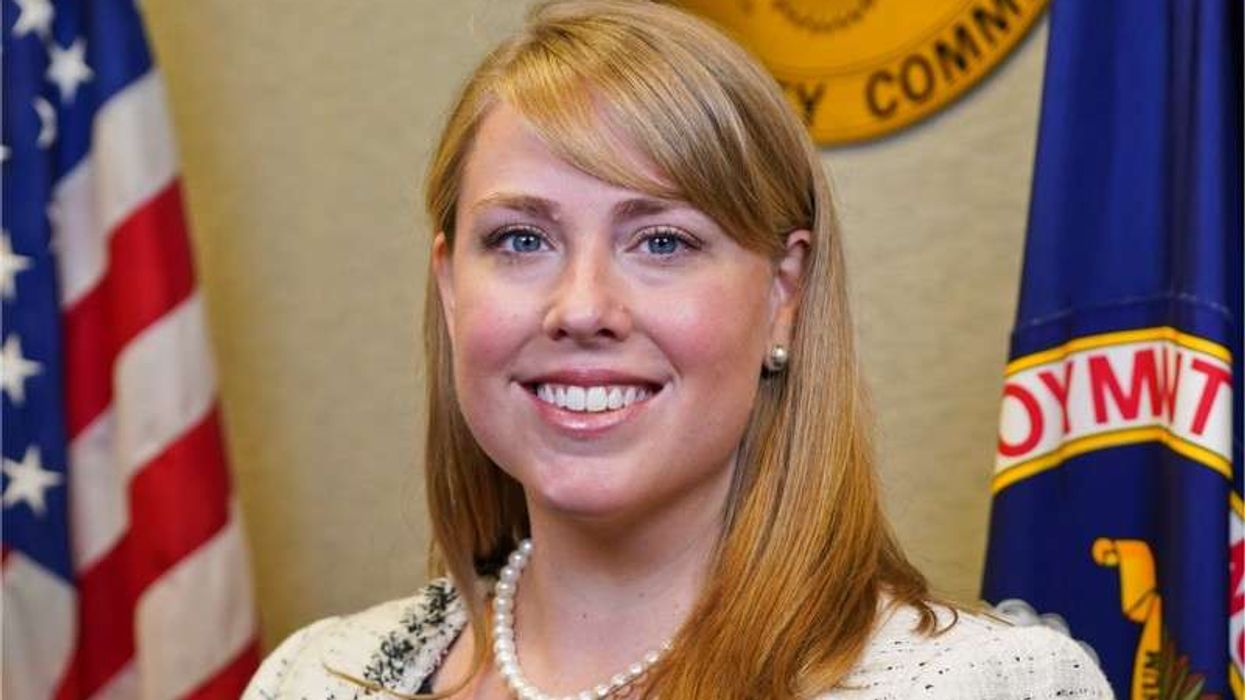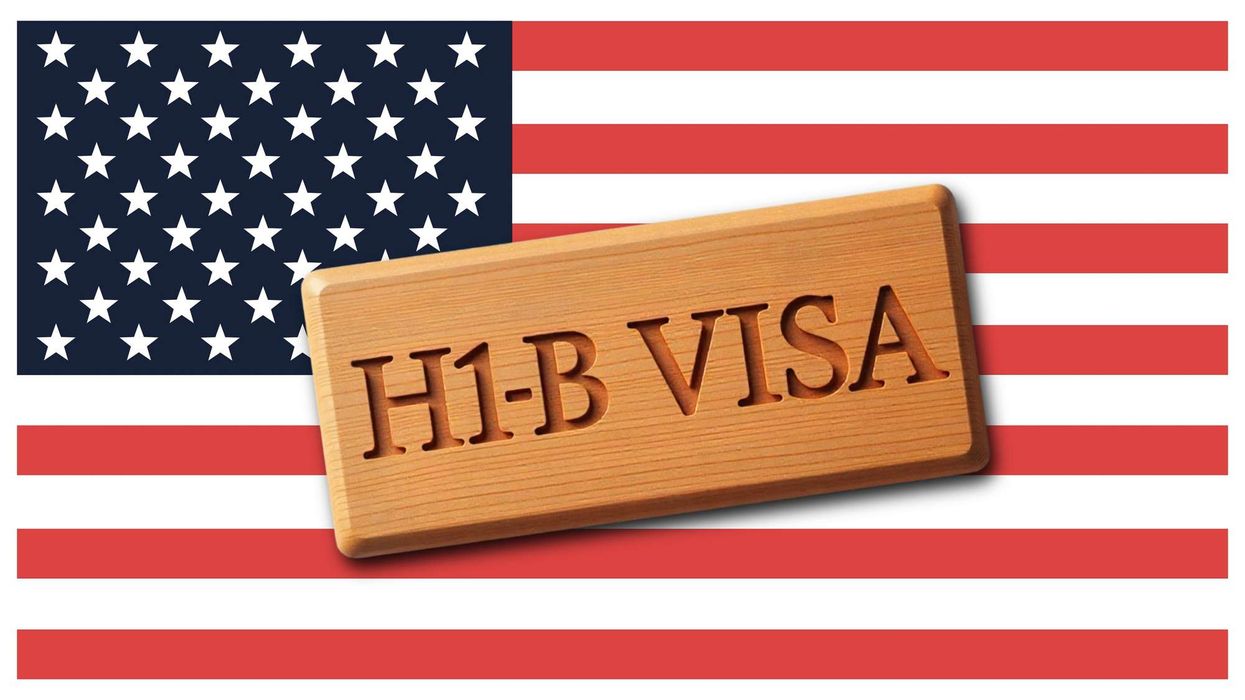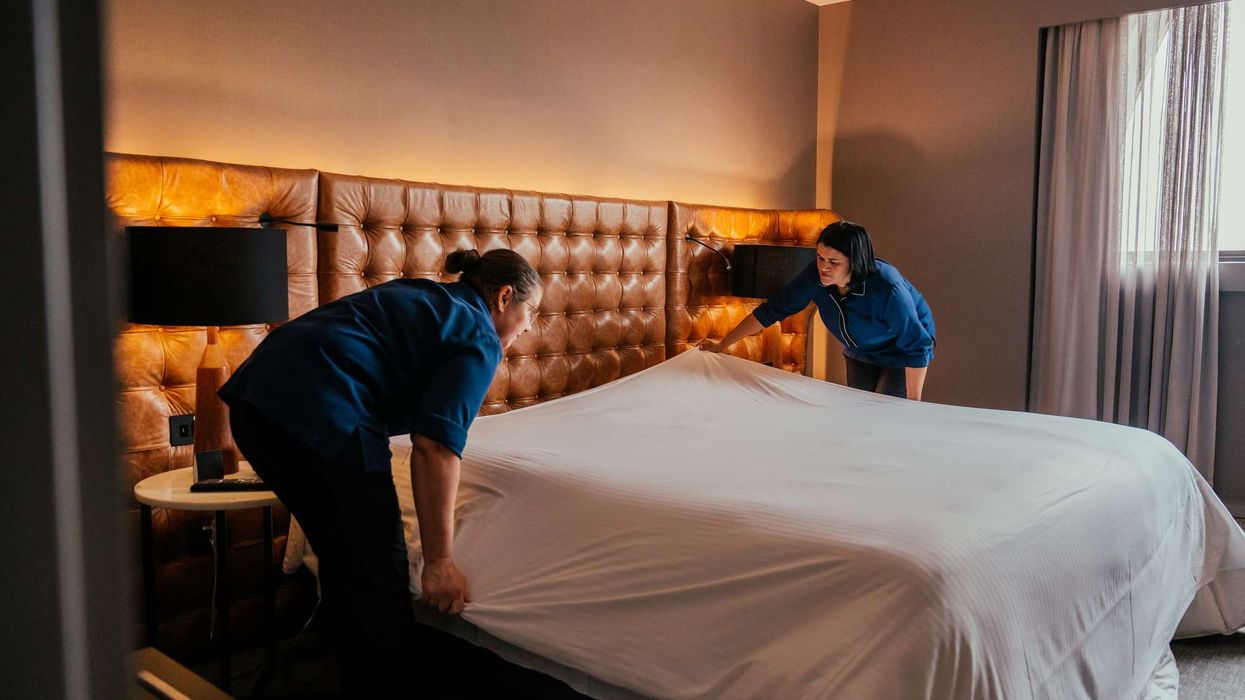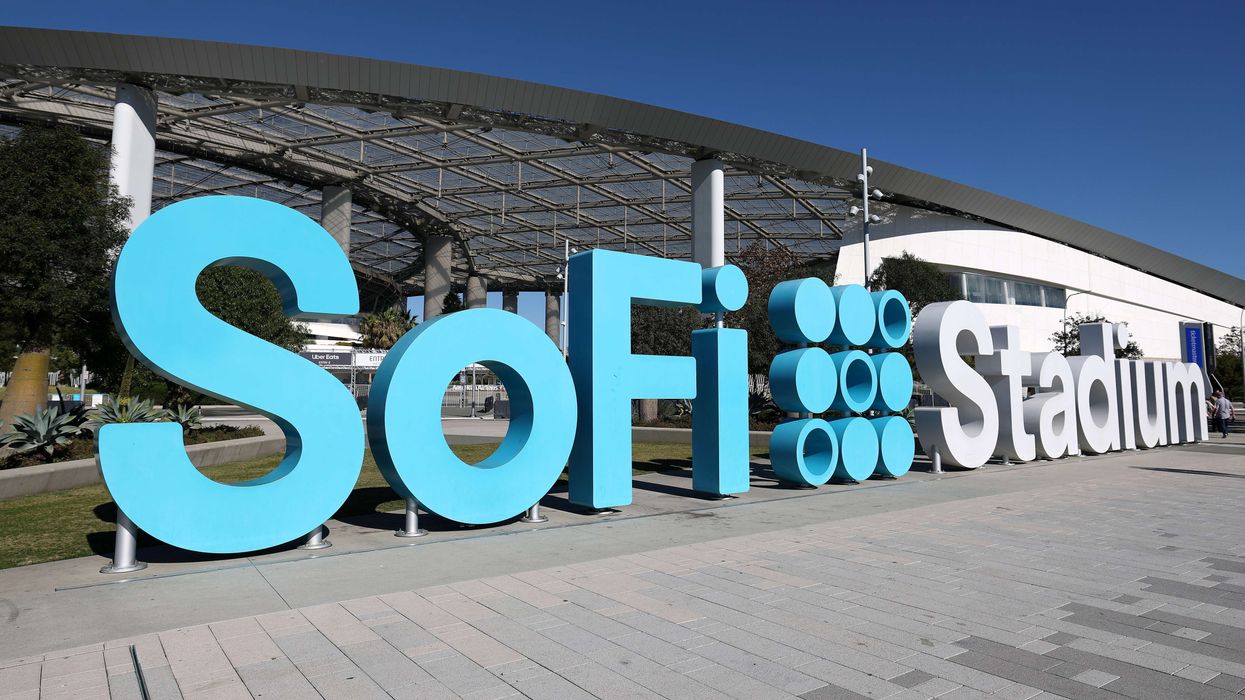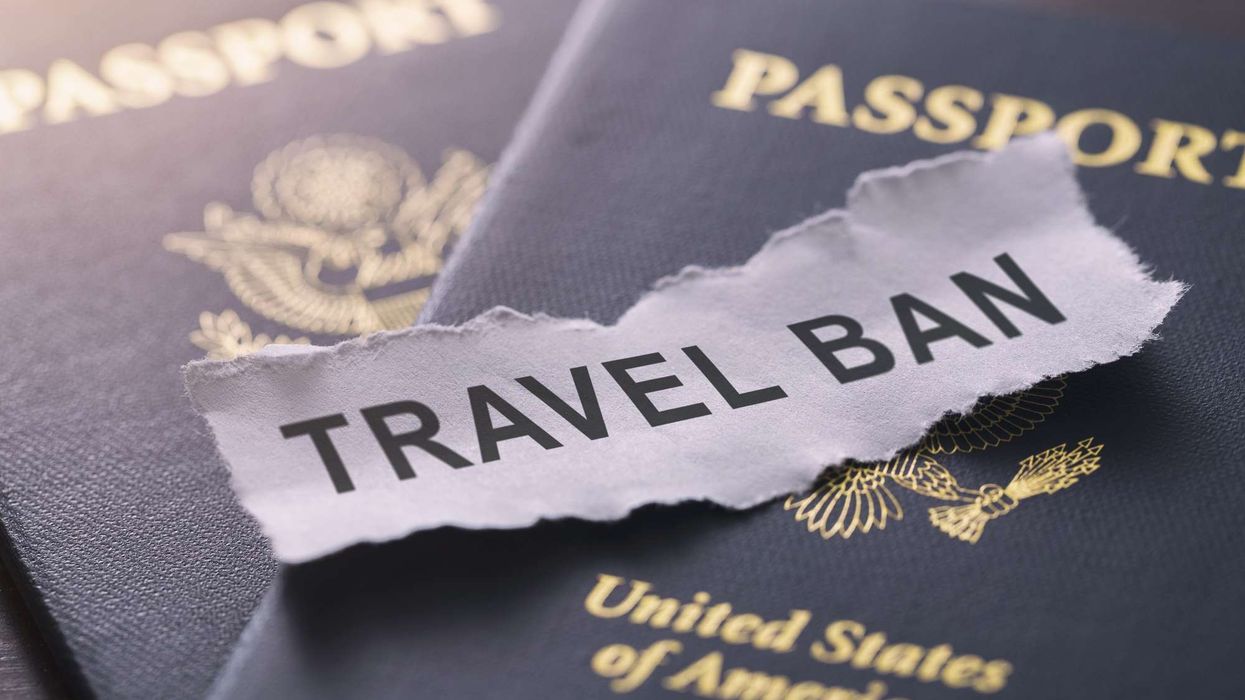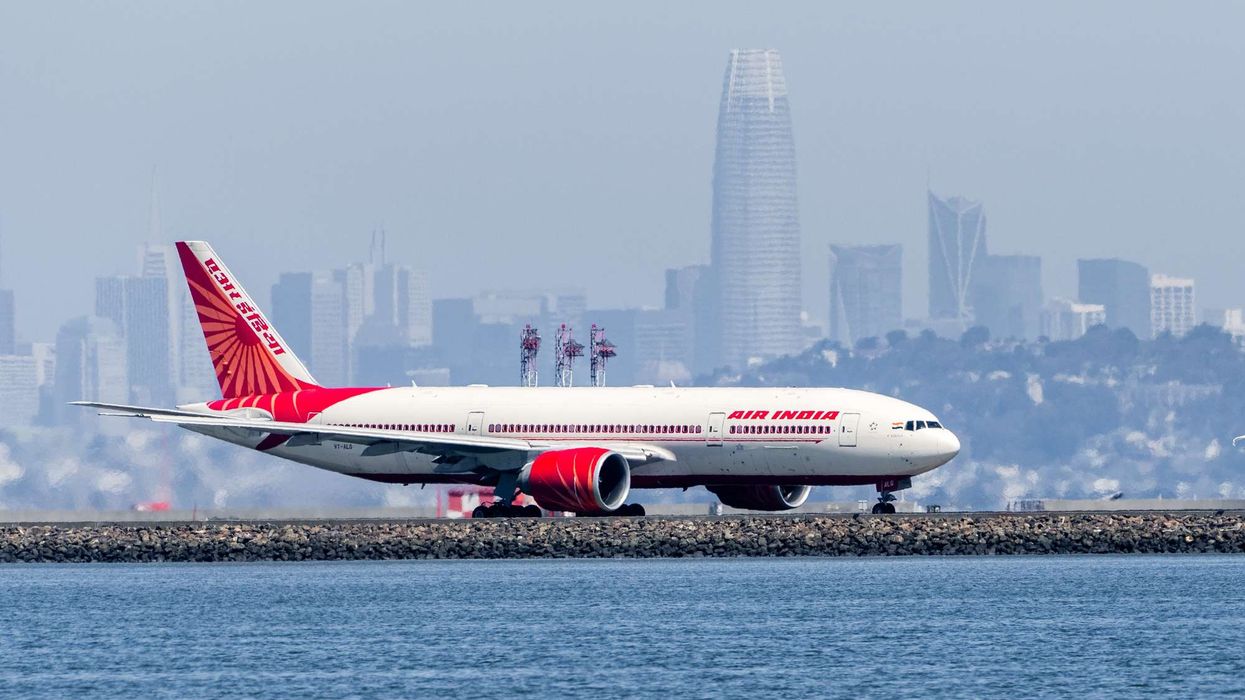HOSPITALITY ANALYTICS FIRM Knowland has launched a free interactive dashboard providing insights on COVID-19 hotel recovery. It will enable hoteliers to see their position in the rebound compared to local or national markets and make informed decisions to accelerate recovery, the company said.
The dashboard uses analytics and a proprietary algorithm to reveal a property’s “Knowland Recovery Curve,” or “K-Curve,” to help hoteliers visualize their recent occupancy trend, compare it to their local market and determine where they fit against market recovery trends. The dashboard also presents 30/60/90-day action plans based on the hotel’s recovery position.
“Hotels are facing uncertainty about the future and what their course of action should be. The Hotel Recovery Dashboard and K-Curve give hotels the tools needed to be in control of their recovery. It will be critical for hotels, regardless of size, to understand and monitor where they stand competitively and comparatively as the industry moves toward its ‘grand re-opening,’” said Kristi White, Knowland’s vice president of product management. “The trademark of our industry is that we always recover, but what you do today will determine not only how you recover but also how you will move forward in the long-term.”
The other features of the dashboard are:
Hotel Benchmarking – Once a hotel enters its occupancy data, the tool automatically provides insight into where the property stands compared to the chosen local market.
Predictive Trending Industry Data – Users can run sensitivities by selecting their comparison market from the top 25 STR markets, entering custom market data or defaulting to the overall U.S. market for trend analysis that can be used to forecast future trends.
Immediate Action Plans – Depending on where the property falls on the K-Curve, users will be provided with tactical action plans for up to 90 days for each curve status.
Knowland has held a series of webinars on the impact of the COVID-19 pandemic on the industry and preparing for the recovery.
